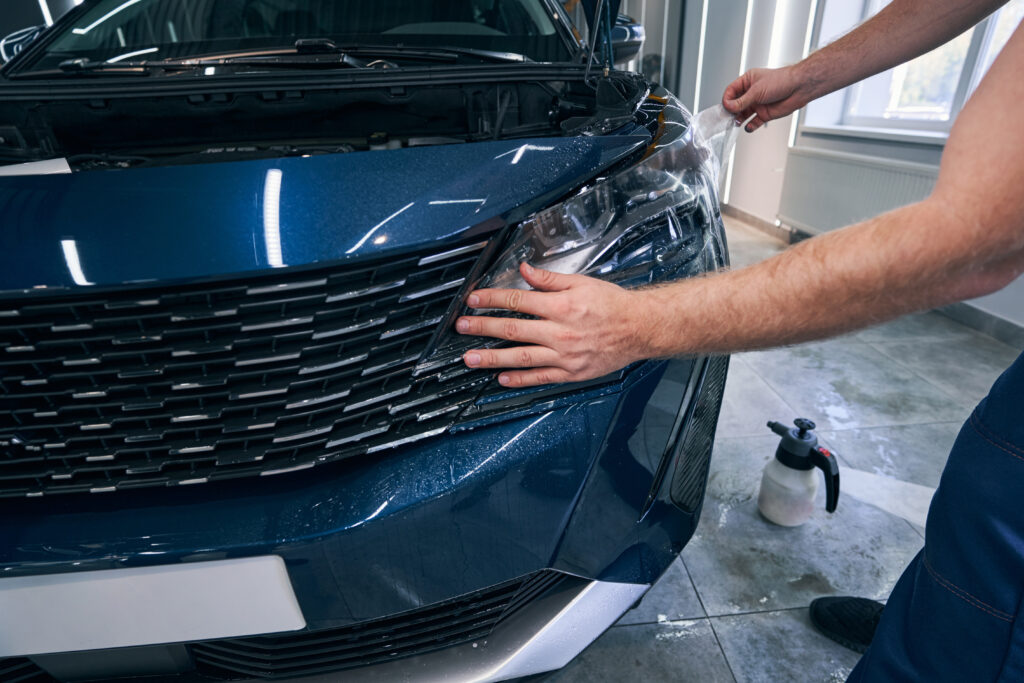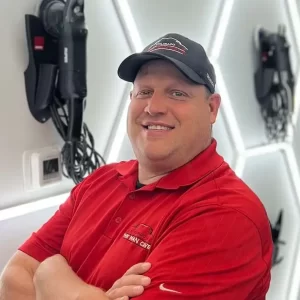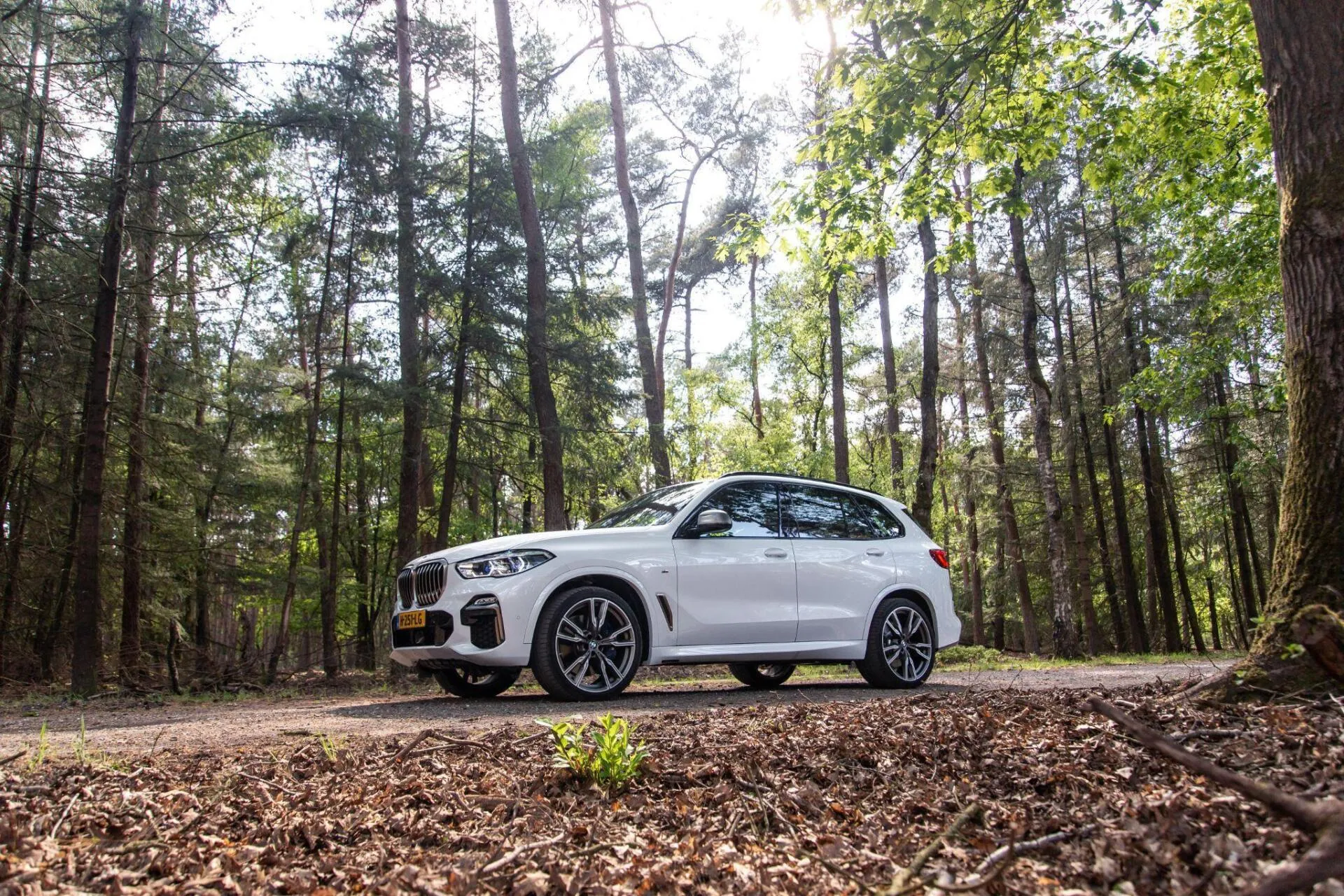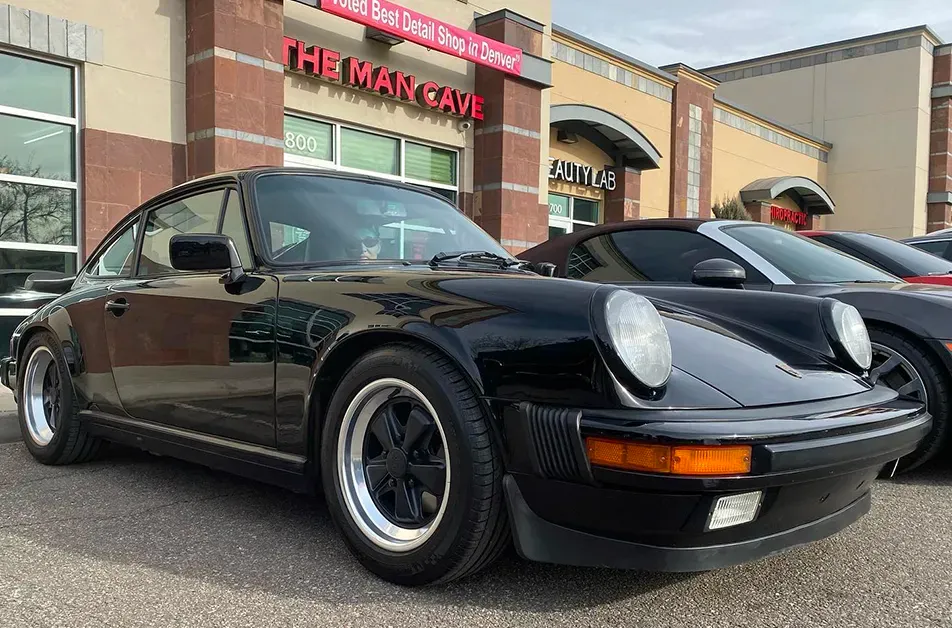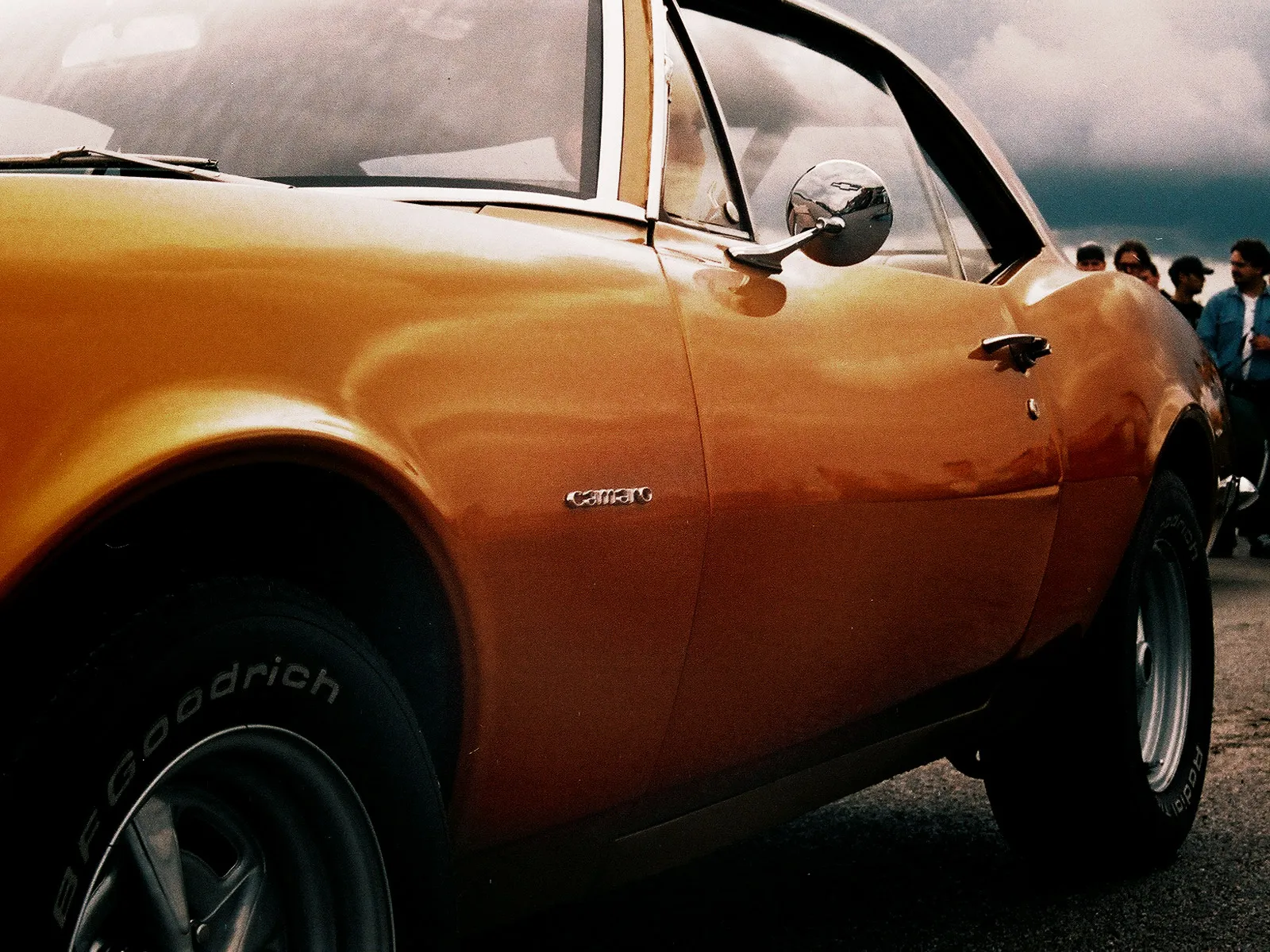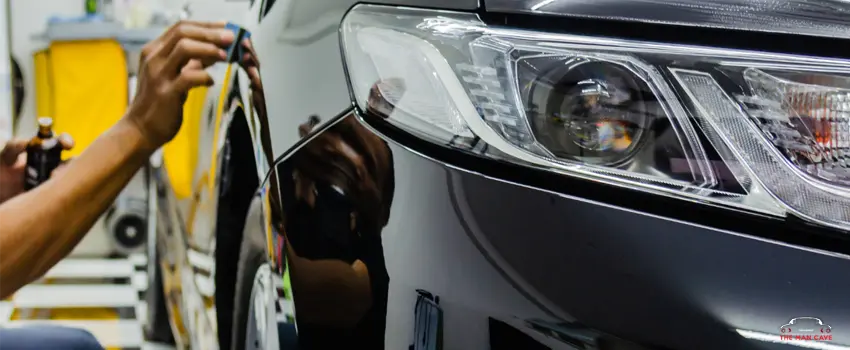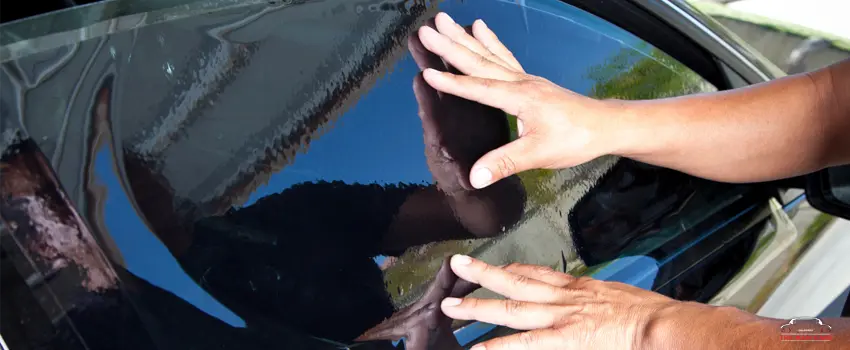Colorado’s beauty comes with a price—its ever-changing weather and rugged terrain can be especially tough on your vehicle’s paint. Whether you’re commuting through Denver, driving up to the mountains, or navigating gravel roads, keeping your car looking new becomes a real challenge. Paint Protection Film (PPF) is one solution drivers consider, but is this investment sensible for Colorado’s unique environment?
Colorado Roads & Winter Conditions
Colorado roads are notorious for their rough surfaces, scattered gravel, and constant risk of flying road debris. Mountain driving exposes cars to winding roads where loose stones and sand can turn a simple drive into a hazard for your paint. Come winter, the situation gets even tougher: local departments use copious amounts of road salt, magnesium chloride, and sand to keep roads safer, but these chemicals can wreak havoc on your car’s finish. Over time, these aggressive elements speed up paint damage, cause rust, and etch stains into surfaces. Real-world impacts are easy to spot on Colorado vehicles—rock chips, patches of corrosion, and unsightly stains are all too common.
Pros and Cons of PPF
Pros:
Paint Protection Film acts as a strong shield for your vehicle, blocking rock chips, scratches, salt, and harmful UV rays. It’s especially beneficial in Colorado for maintaining your car’s resale value, since undamaged paint appeals to buyers. Over the years, PPF can save money by reducing the need for touch-ups or bigger repairs. Many premium films offer self-healing properties: small scratches disappear with heat or sunlight. Modern PPF is virtually invisible and can be customized to cover high-risk zones or the entire car.
Cons:
The main drawback of PPF is its high upfront cost—it’s a true investment. The final results also depend on the installer’s skill, and not every shop delivers the same quality. While PPF delivers strong protection, it isn’t magic; severe impacts can still cause damage. Low-quality film or improper care can result in yellowing or peeling, so choosing the right brand and professional installer is crucial.
Different Types of PPF
- Glossy PPF: The most popular choice, enhancing your paint’s natural shine while protecting it.
- Matte/Satin PPF: Offers a sophisticated, flat finish—great for standing out or modernizing your car’s look.
- Colored/Tinted PPF: Delivers both protection and color customization, allowing for unique designs.
- Track/High-Impact PPF: Thicker films made for enthusiasts who drive off-road or on tracks and want extra durability in high-risk spots.
Brands of PPF (With Emphasis on XPEL)
- XPEL: Widely considered the leader in PPF, XPEL films are praised for their optical clarity, durability, self-healing capabilities, and industry-leading warranty. Many high-end and certified installers in Colorado recommend XPEL for its consistent results.
- 3M: Trusted for decades, 3M PPF is durable and protective but may not match the high gloss and hydrophobic qualities of XPEL.
- SunTek/Llumar: Offers great optical clarity and competitive pricing, making it a favorite for many drivers seeking a balance of value and performance.
- STEK: Renowned for innovation, STEK’s specialty finishes (including colored and super-hydrophobic films) appeal to those wanting both function and style.
When comparing brands, consider warranty terms, long-term durability, how the film looks on your specific paint color, and the installer network available near you.
Who Should Consider PPF?
Many Colorado drivers can benefit from PPF, but it’s especially practical if you:
- Spend time on highways, mountain roads, or drive through heavy snowfall.
- Own high-end vehicles like Teslas (especially Model 3 or Y, which are prone to chipping) or Rivian trucks built for adventure.
- Plan to lease your vehicle or sell it in a few years—PPF helps preserve that “like new” appeal.
- Have a new car and want to keep its paint flawless for years to come.
Factors That Influence Cost
- Vehicle Size and Type: Coating a large truck or SUV costs more than a coupe.
- Coverage Area: Options include just the front (where damage is most common), select high-impact zones, or full-body installations.
- Type of Film/Brand: Premium options, such as XPEL Ultimate Plus, come at a higher price point but offer better protection and warranties.
- Installer Expertise: Certified and experienced installers may charge more, but their work tends to last longer and is fully warranted.
- Add-ons: Ceramic coatings over PPF, edge-wrapping for seamless coverage, and door jamb protection can add to your total.
Average Colorado cost range: Expect to pay between $1,200 and $6,000, depending on your vehicle, coverage, product, and installer.
Is PPF Worth It in Colorado? Yes.
In a state where mountain roads, chemical de-icers, and surprise hailstorms are the norm, PPF is more than just a luxury for car lovers—it’s a valuable protective measure. For many Colorado drivers, especially those with new, high-end, or off-road vehicles, PPF is a smart investment that keeps your car looking newer, longer, and may save money on repairs down the road. Get quotes from a certified XPEL or other reputable PPF installer near you, explore how much coverage fits your needs and budget, and enjoy peace of mind every time you hit Colorado’s roads.

